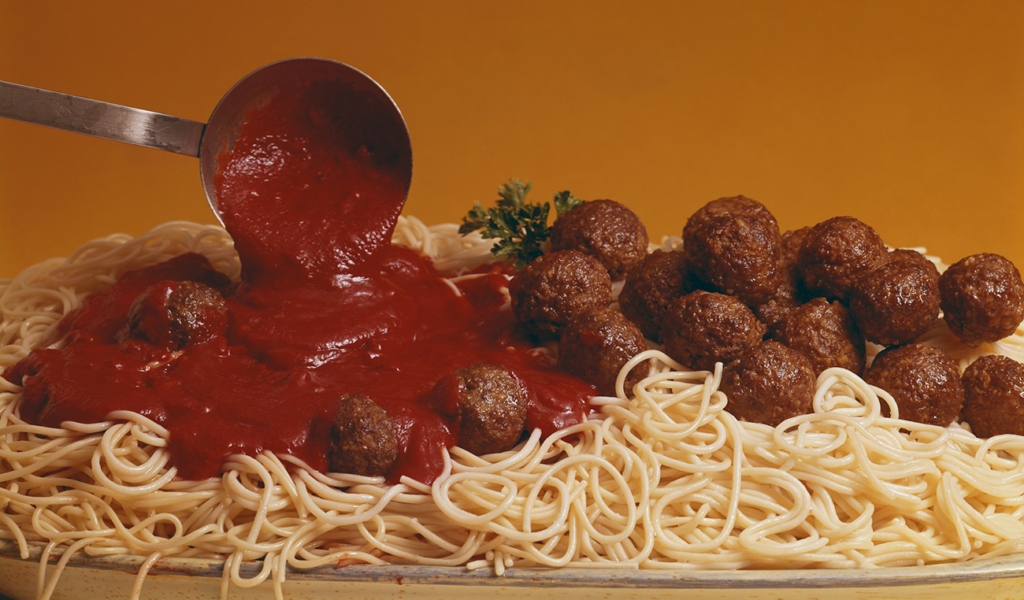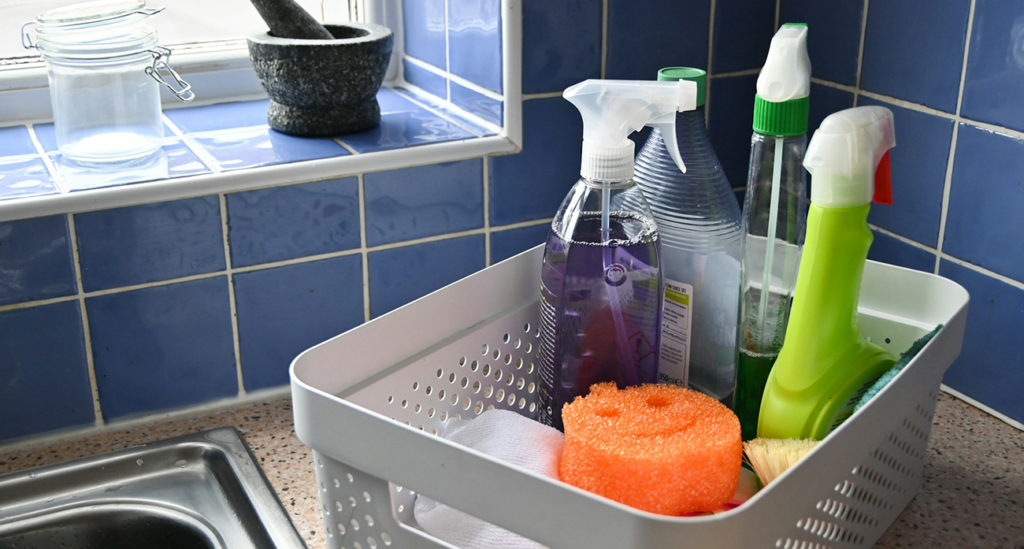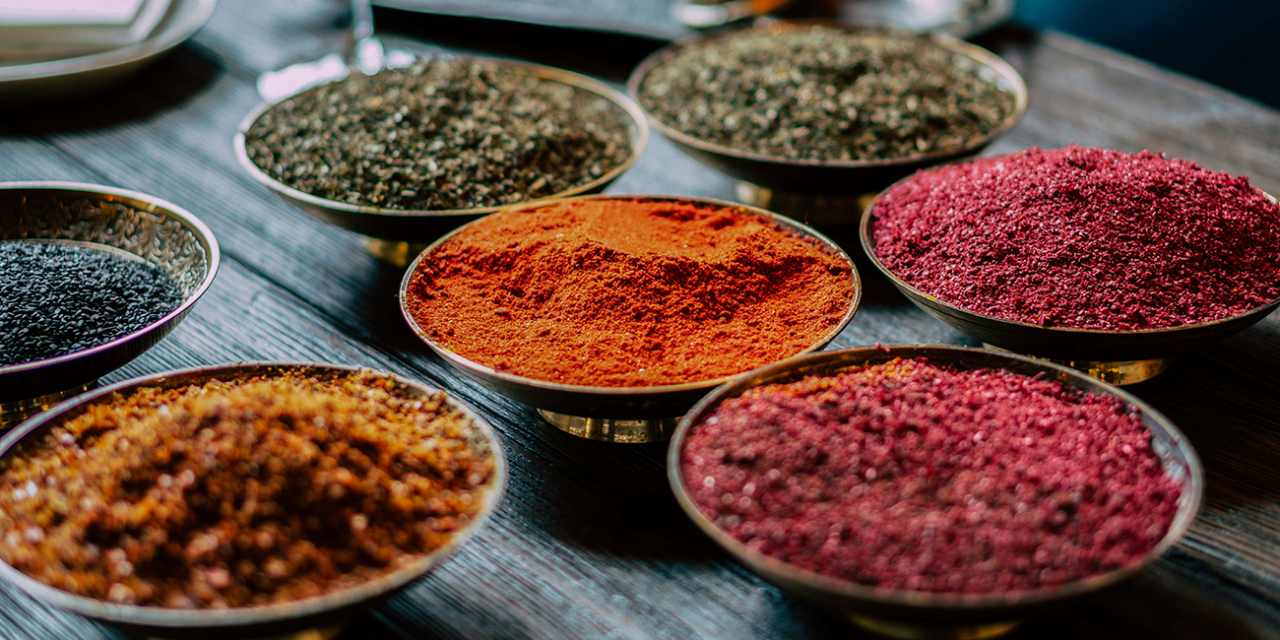We’ve all been there.
You’re creating the perfect dish but need the right spices to complete the recipe. Bust! Seeing that you need an ingredient to make your meal perfect is never fun.
All recipes deserve perfect seasoning.
By gradually adding a few more spices to your collection each time you visit the grocery store, you’ll always be prepared with the right seasoning for your recipes. This approach not only ensures you have the perfect seasoning for every dish but also opens up a world of new flavors to experiment with, sparking a sense of culinary adventure and excitement.
What Spices and Ingredients To Keep on Hand in Your Cupboard?
Every cook and chef has their favorite spices and herbs, but there are a few staples that every kitchen should always have on hand.
One of my favorite staple seasonings is onion powder and crushed red pepper for heat.
- Allspice
- Basil
- Bay Leaves
- Black Peppercorns
- Cardamom
- Cayenne Pepper
- Chili Powder
- Cinnamon
- Cloves
- Cream of Tartar
- Crushed Red Pepper
- Cumin
- Curry Powder
- Dill Weed
- Garlic Powder
- Ground Cardamom
- Ground Ginger
- Italian Seasoning
- Kosher Salt
- Mustard Seed
- Nutmeg
- Onion Powder
- Oregano
- Paprika
- Rosemary
- Saffron
- Sage
- Smoked Paprika
- Thyme
- Turmeric
- Vanilla Extract
Continuing the Culinary Climb
When the pandemic started, I had a simple selection of spices in my cupboard, but now I have a wide array of flavorings and seasonings to choose from and use.
At the beginning of my culinary journey, it was disheartening to read a recipe and have many ingredients needed, but now my quiver has expanded, and I’m more likely to have the required spice on hand.
My cupboard isn’t fully stocked yet, and I’m eyeing a few spices, but I’m feeling more versed than I once was.
Does your family have a favorite spice or seasoning?
Table of Contents
What are the five mother sauces of French classical cuisine?

When I first delved into the world of the five mother sauces, I was captivated by their history, versatility, and the way they elevate dishes.
These sauces have a rich history in French cuisine, with each sauce having its unique origin and uses. Understanding the five mother sauces is not just about learning to cook, but also about appreciating the rich culinary tradition behind these sauces. It’s a journey that’s sure to pique the interest of any culinary enthusiast.
I was obsessed with their origin, uses, and why they are crucial to cooking, and I wanted to know more about them.
- In classical French cooking, five sauces are the foundation of all sauces.
- These sauces, known as the ‘mother sauces,’ are the base for many variations and derivatives in various dishes.
- They are called ‘mother sauces’ because they are the starting point for a wide variety of other sauces.
- By mastering these five sauces, you can create a multitude of other sauces, thereby expanding your culinary repertoire.
If you’re interested in learning the basics of French cooking or want to improve your culinary skills, understanding the five mother sauces is a great place to start. In this blog post, we’ll take a closer look at these mother sauces and how they are used in cooking.
From the creamy béchamel sauce to the flavorful tomato sauce, these sauces form the foundation for many classic dishes. They can add a beautiful depth and incredible complexity to your cooking.
So, let’s learn more about the five mother sauces of classical cuisine!
Sauce #1: Béchamel Sauce
Béchamel sauce, also commonly known as white sauce, is made from a roux of butter and simple flour to which milk is added and cooked until thickened.
It is a simple sauce often used as a base for other sauces or topping for gratins and casseroles.
Sauce #2: Velouté Sauce
Velouté sauce, “velvety” in French, adds a white or blonde roux to a light stock, such as chicken or fish.
It is a versatile sauce in many dishes, from soups and stews to sauces for meats and vegetables.
Sauce #3: Espagnole Sauce
Espagnole sauce, which is also known as brown sauce, is a beautifully rich and wonderfully flavorful sauce made from a dark roux and beef or veal stock.
It is often used as a base for other sauces, such as demi-glace, or as a flavoring for braised dishes.
Sauce #4: Hollandaise Sauce
Hollandaise sauce is a creamy and rich sauce made from butter, egg yolks, and some lemon juice.
It is generally served over vegetables, eggs, or fish and is one of the components of the classic dish Eggs Benedict.
Sauce #5: Tomato Sauce
Tomato sauce is an incredibly versatile sauce made from tomatoes, onions, other vegetables, herbs, and spices.
It is a standard base for pasta dishes, such as spaghetti and lasagna.
It’s also favored as a topping for pizzas and other dishes.
Why not give the five mother sauces a try?
The five mother sauces of classical cuisine form the foundation of many French and other cuisine dishes.
From the creamy béchamel sauce to the flavorful tomato sauce, these sauces provide the base for a wide range of dishes in various ways in the kitchen.
Whether you’re an incredibly seasoned chef or are just beginning your culinary journey, mastering these sauces is a significant achievement. So why not pick one of these mother sauces and see how it can elevate your cooking?
The sense of pride and empowerment that comes with mastering these foundational sauces is truly unparalleled.
Transform Your Kitchen: Deep Cleaning & Organizing Like a Pro

Have you ever felt overwhelmed and distracted by the clutter in your kitchen and wondered how to get it all under control?
Fear not, my fellow kitchen enthusiasts! In this blog post, I’ll share my tried-and-tested tips on deep cleaning and organizing your kitchen like a pro. Get ready to transform your space into a spotless, efficient culinary haven. With these solutions at your fingertips, you can feel reassured and confident in your ability to conquer kitchen clutter.
Grab your cleaning supplies; now it’s time to put in the elbow grease!
Step 1: Declutter Your Countertops
First and foremost, clear your countertops of any unnecessary items.
As you go through the process, sort items into three categories: keep, donate, or discard. You want to make it easier to decide what stays and what goes.
- Keep essentials like appliances and utensils you use frequently
- Donate items in good condition that you rarely use
- Discard damaged or broken items
Once you’ve decluttered, you’ll better understand what needs organizing and where to start deep cleaning.
Step 2: Empty and Clean Cabinets and Drawers
Now, it’s time to tackle your cabinets and drawers.
- Empty each cabinet and drawer
- Vacuum or sweep away crumbs and debris
- Wipe down the insides of everything with a damp cloth and an all-purpose cleaner
- Dry the surfaces completely before placing items back in
Pro Tip: Use shelf liners to tidy your cabinets and drawers, making future cleaning a breeze.
Step 3: Organize Your Cabinets and Drawers
With everything clean, it’s time to put items back in an organized manner.
Follow these simple tips for a more efficient kitchen layout:
- Store frequently used items at your eye level or where they are easy to reach
- Place rarely used items on higher shelves
- Group similar items together (e.g., baking supplies, pots, pans, etc.)
Step 4: Deep Clean Your Appliances
To make your kitchen genuinely shine, remember your appliances.
Refrigerator:
- Remove all contents
- Wipe down shelves, drawers, and door compartments with a mix of both warm water and dish soap
- Dry surfaces completely before placing items back in
- Wipe down the exterior
Oven and Stovetop:
- Remove and clean burner grates and drip pans
- Wipe down the stovetop with a degreaser
- Clean the stove using the manufacturer’s instructions
Microwave:
- Remove the turntable, and make sure to wash it with warm, soapy water
- Don’t forget to wipe down and make pretty the interior and exterior with a a cloth that is a bit damp
Pro Tip: To loosen stubborn, baked-on food, heat a bowl of water and some lemon slices in the microwave for a few minutes before wiping.
Step 5: Tackle the Floors and Walls
Finally, give your floors and walls some attention.
- Sweep and mop the floors, paying particular attention to corners and under appliances
- Wipe down walls, backsplash, and countertops with a damp cloth and all-purpose cleaner
- Clean light switches and doorknobs to eliminate germs
Enjoy Your Sparkling Kitchen
And there you have it – your kitchen is now deep-cleaned and organized!
But don’t stop here. Consider making this a routine to maintain a clean and functional space. After all, a tidy kitchen is the key to effortless cooking and enjoyable mealtimes.
As you marvel at your transformed kitchen, ask yourself these thought-provoking questions:
- How can you maintain this level of cleanliness and organization daily?
- Are there any additional organizing tools or storage solutions you could use to enhance your kitchen’s functionality further?
- How can you involve your family in keeping the kitchen clean and organized?
Remember, consistency is key!
By incorporating these deep cleaning and organizing habits into your routine, you’ll enjoy a spotless, efficient kitchen all year round. Happy cooking, and enjoy your newfound kitchen serenity!





